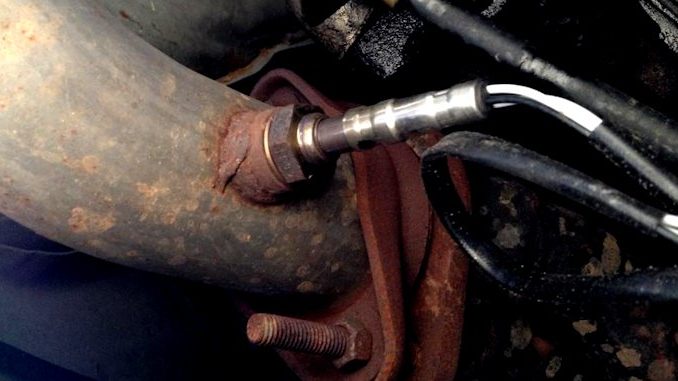
Understanding Oxygen Sensors
Oxygen sensors are a vital component of a vehicle’s emission system in fuel injected vehicles. All new vehicles have them. [More…]
This site contains affiliate links for which we may be compensated.

Oxygen sensors are a vital component of a vehicle’s emission system in fuel injected vehicles. All new vehicles have them. [More…]
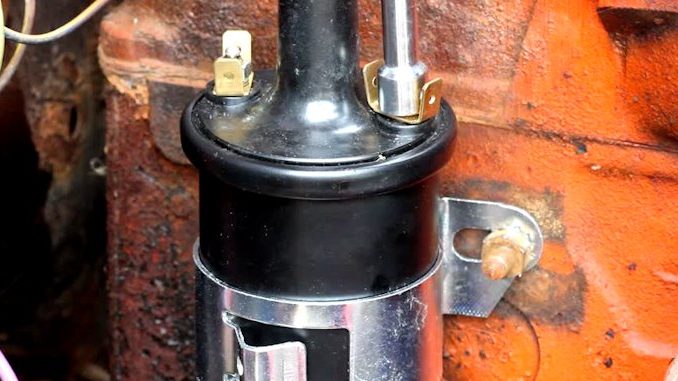
Ignition coils transform a storage battery’s 12 volts to the thousands of volts needed to spark the spark plugs. [More…]
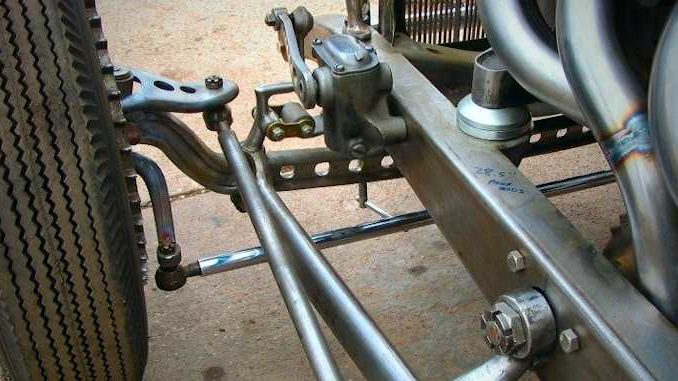
Tie rods are slender structural rods used as a tie and capable of carrying tensile loads only and consists of an inner and an outer end. [More…]
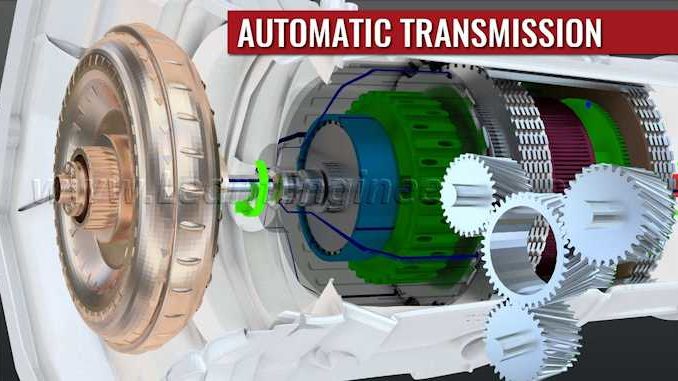
Most vehicles sold in the United States since the 1950s have had automatic transmissions. The vehicle’s gearbox is able to change the gear ratios automatically as the vehicle moves. [More…]

The fluid is moved in a closed system that goes from the radiator to the engine. Here it will conduct the heat away from the engine parts. [More…]
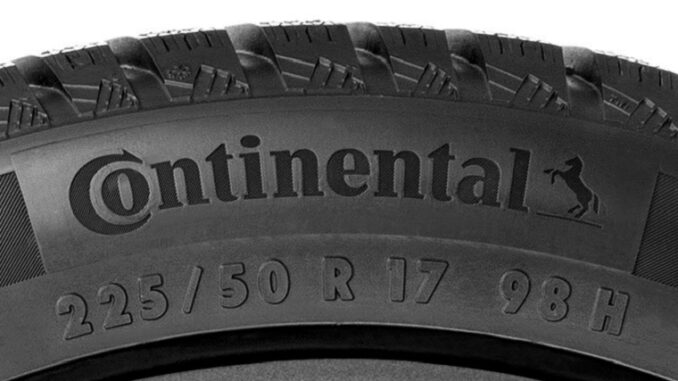
The side of your tire, or tire sidewall, contains everything you need to know about your tire size, rating, and manufacturer. [More…]
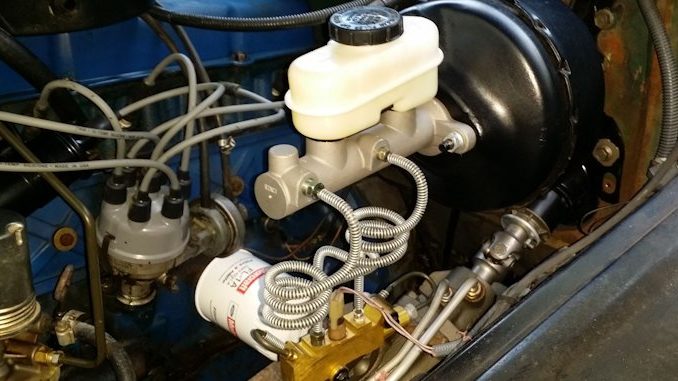
Power-assisted brakes use the power of the engine and battery to increase the efficiency of the braking system. [More…]
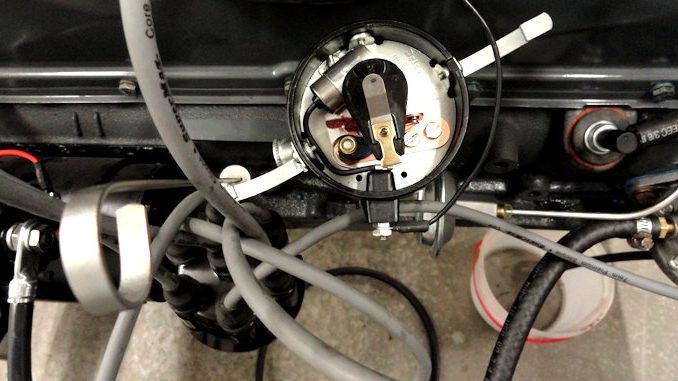
Distributors route the high voltage into the correct firing order to the spark plugs. Both magnetos and battery ignitions have distributors. [More…]
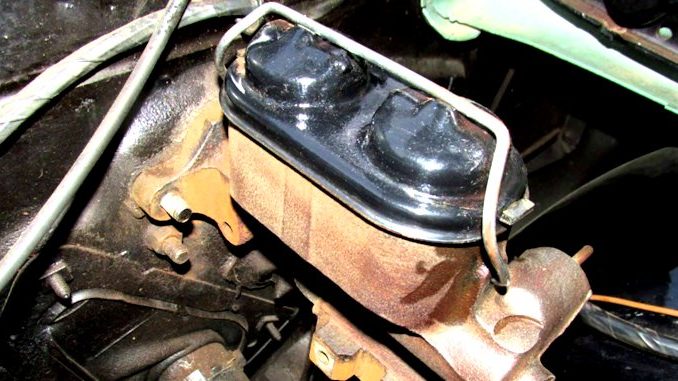
The master cylinder is a hydraulic pump that supplies hydraulic fluid under pressure to each of the wheels. [More…]
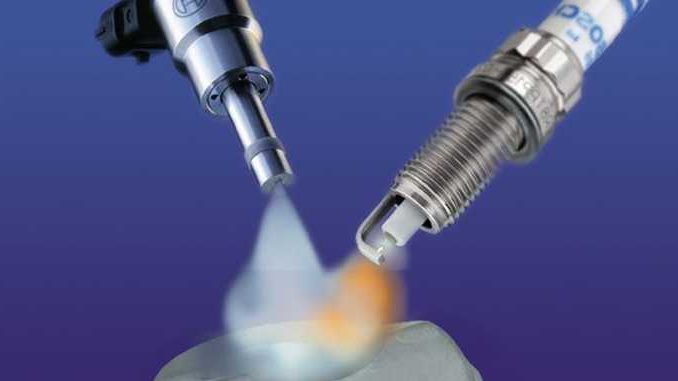
Fuel injection is an electronic system that injects fuel into an engine to burn and has become the primary fuel system in automotive engines. [More…]
© 1996-2022 Roadkill Customs